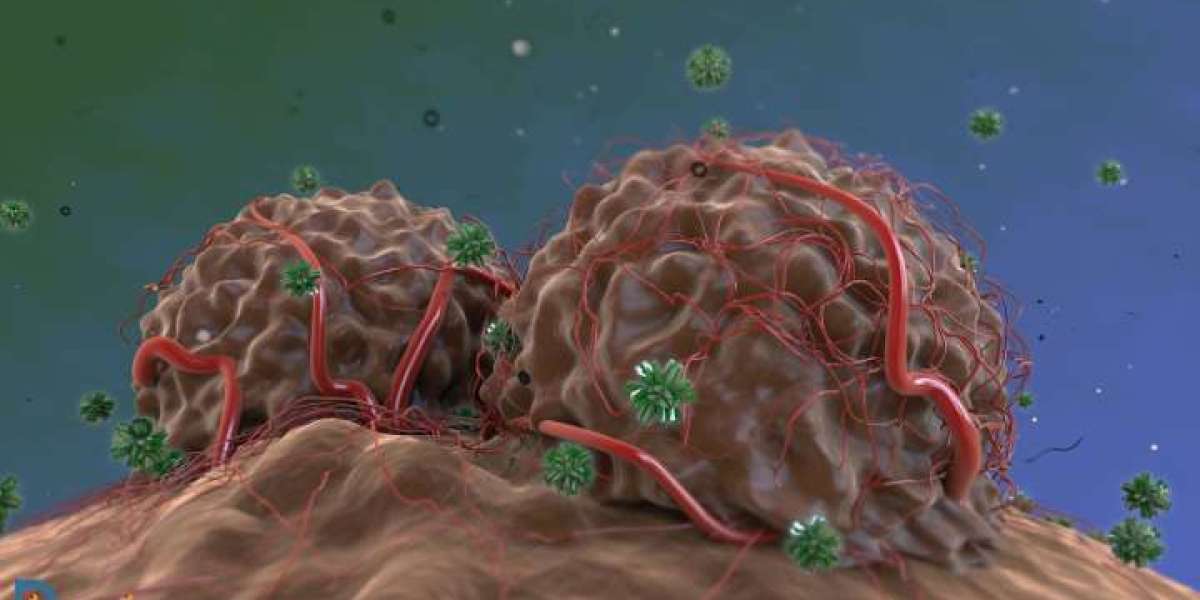1. Understanding DMD and the Role of Dystrophin
DMD is a progressive genetic disorder caused by mutations in the DMD gene, which encodes the dystrophin protein. Dystrophin is crucial for maintaining muscle cell integrity; its absence leads to progressive muscle degeneration and loss of function. The result is a gradual decline in mobility, often culminating in severe disability and reduced life expectancy.
2. The Mechanism Behind ELEVIDYS
ELEVIDYS employs an innovative approach by delivering a micro-dystrophin gene through an adeno-associated virus (AAV) vector. This micro-dystrophin retains the essential functional elements of dystrophin while being small enough to fit into the viral vector. By introducing this micro-dystrophin into the muscle cells, ELEVIDYS aims to restore some level of dystrophin production, thereby stabilizing muscle cell membranes and mitigating damage during muscle contractions.
3. Promising Clinical Results and FDA Approval
The FDA’s accelerated approval of ELEVIDYS was based on encouraging results from clinical trials demonstrating its ability to increase micro-dystrophin levels in patients' muscle tissues. Preliminary data indicated improvements in motor function, including enhanced mobility and physical capabilities among treated individuals.
Key Highlights from Clinical Trials:
Patients showed a significant increase in micro-dystrophin levels in muscle biopsies.
Improvements in functional motor skills, such as standing and walking, were observed.
While these findings are promising, the long-term efficacy and durability of ELEVIDYS are still being studied to ascertain the sustained benefits of the therapy.
4. Challenges and Considerations
Despite the potential of ELEVIDYS, several challenges must be addressed:
Immune Responses: Some patients may develop antibodies against the AAV vector, potentially limiting the therapy’s effectiveness. This necessitates careful monitoring and possibly pre-treatment screening to mitigate immune responses.
Cost and Access: The high cost of gene therapy raises concerns about accessibility for patients and families affected by DMD. Sarepta is working with healthcare providers to facilitate broader access to ELEVIDYS.
Durability of Treatment: While ELEVIDYS has shown promise, it remains uncertain whether it will provide a long-lasting cure or if patients will require ongoing treatments as they age. Future research will be critical in answering these questions.
5. The Future of DMD Treatment
ELEVIDYS represents a transformative step in the treatment landscape for DMD, highlighting the potential of gene therapy to address the underlying genetic causes of the disease. This approval not only marks a significant achievement for Sarepta Therapeutics but also sets the stage for future innovations in genetic medicine.
As more data becomes available, the potential for gene therapies to lead to durable solutions for DMD could significantly change how the condition is managed, moving toward a future where the focus is on curative rather than merely symptomatic treatments.
6. Conclusion
ELEVIDYS stands as a beacon of hope for those affected by Duchenne Muscular Dystrophy. While it is too early to definitively label it as a cure, its ability to address the root cause of the disease represents a crucial step forward in DMD treatment. Continued research and advancements in gene therapy hold the promise of transforming the landscape of care for DMD patients, moving closer to a reality where this debilitating disease can be effectively managed, if not cured.
Latest Reports
Advanced Hepatocellular Carcinoma With Cpb Liver Cirrhosis Market | Advanced Renal Cell Carcinoma Market | Alopecia Aerata Market | Ambulatory Arrhythmia Monitoring Devices Market | Anaphylaxis Market | Anorectal Malformation Market | Anovulation Market | Aortic Stenosis Market | Apheresis Market | Arthroscopic Shavers Market | Artificial Iris Market | Atherectomy Devices Market | Autonomic Dysfunction Market | Balloon Catheters Market | Bile Duct Neoplasm Market | Bladder Cancer Market | Calcinosis Cutis Market | Cardiorenal Syndrome Market | Central Retinal Venous Occulsion Market | Central Serous Chorioretinopathy Market | Chemotherapy Induced Febrile Neutropenia Market | Cholangiocarcinoma Market | Chronic Refractory Gout Market | Chronic Rhinosinustis Market | Clbp Market | Concussions Market Size | Contact Dermatitis Market | Contraceptive Devices Market | Corneal Ulcer Market | Diabetic Foot Ulcers Dfus Market | Dysthymia Market | Exophthalmos Market | Familial Primary Pulmonary Hypertension Market | Giant Papillary Conjunctivitis Market | Graves’ Disease Market







